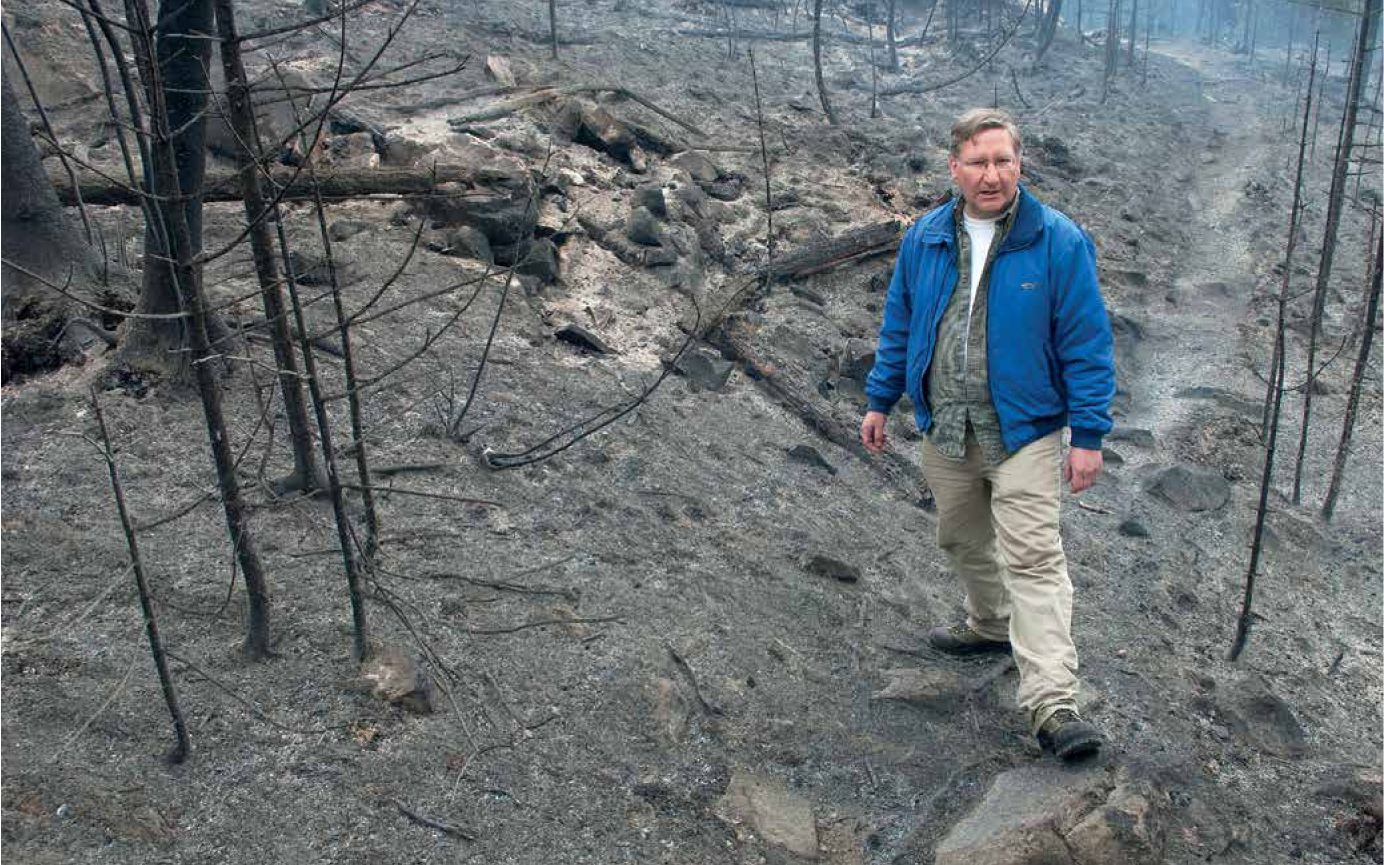22.2 Climate is not the same thing as weather.
Weather refers to the meteorological conditions in a given place on a given day, whereas climate refers to long-term patterns or trends. Put another way, the actual temperature on any given day is the weather, while the range of expected values, based on location and time of year, is the climate. We use what we know about a region’s climate to predict the weather: seasonal shifts come at about the same time each year, and winter lows and summer highs generally hover close to expected norms.
Weather can and does vary—sometimes considerably—from one day to the next. But no single weather event—no individual storm, flood, drought, or wildfire (not even one as colossal and ill-timed as the one that trapped Frelich and his friends)—can be attributed to global warming. Global warming is the province of climate. It refers to a rapidly shifting range of temperatures that scientists have measured in myriad locations around the world—not just a few warmer days here and there, but higher high temperatures, more and longer heat waves, earlier springs, and later winters.
393

To be sure, climate change is not a new phenomenon. In fact, Minnesota’s climate has been in flux for thousands of years. Fossil plant and pollen records show that, after the North American ice cap retreated—some 10 000 years ago—the climate warmed so dramatically that tree species’ ranges shifted northward at a rate of 50 kilometres per century. Pines, oaks, and other deciduous species replaced the spruce trees that had covered most of the region. As summers became warmer, water levels fell, prairie plants took root, and birches and pine moved north. Then, about 6000 years ago, the climate cooled a bit, and trees began migrating south and west once again. (Such shifts are sometimes called “tree migration” but the more accurate term is “tree range migration,” since they are really changes in a species’ range.)
Scientists say things are changing much more quickly now. Instead of thousands of years, organisms that inhabit a given region—not only the boreal forest around Ham Lake, but ecosystems everywhere—might have just a few decades to adapt or migrate as climate change makes their current homes uninhabitable. In Canada the impacts of climate change will be seen even more quickly in the north, where sea ice, glaciers, and permafrost are already melting.